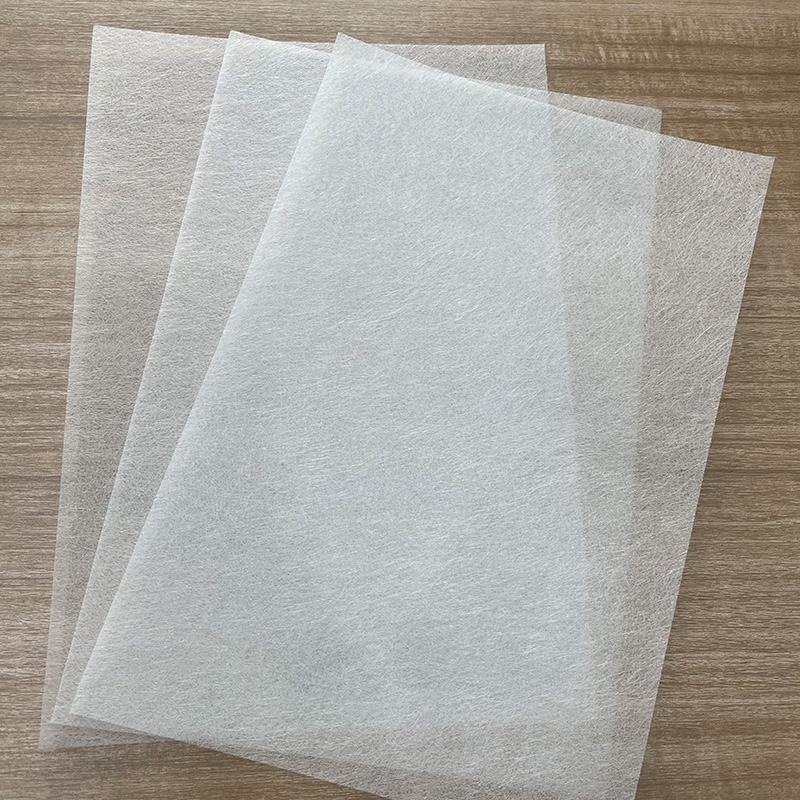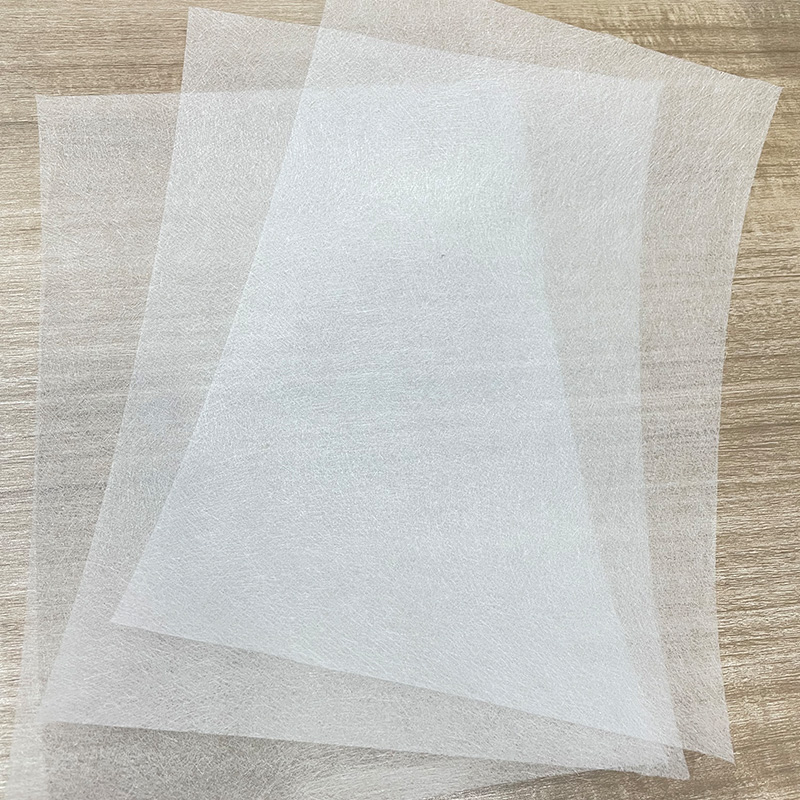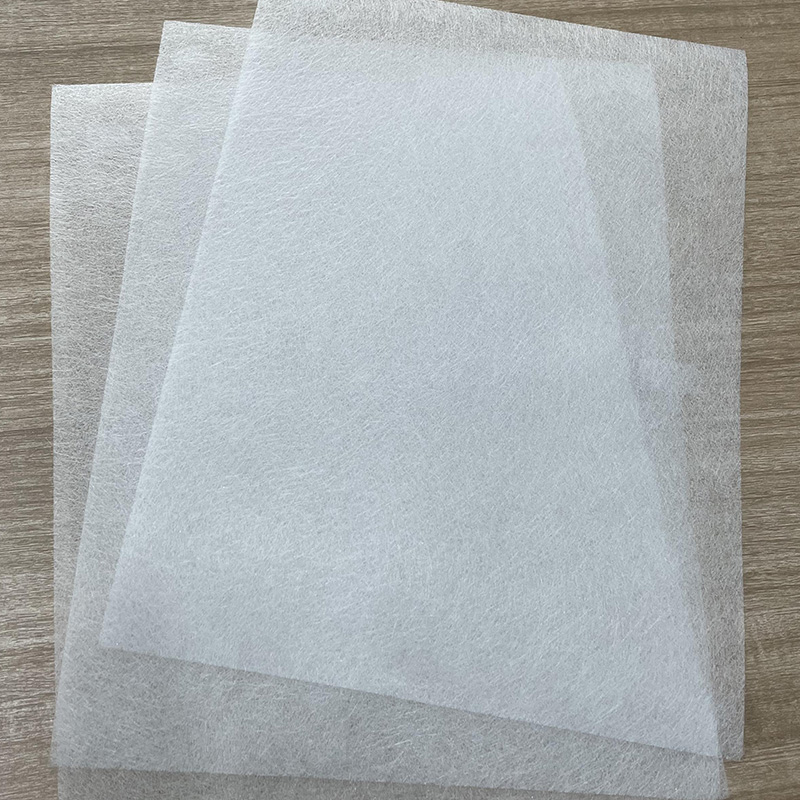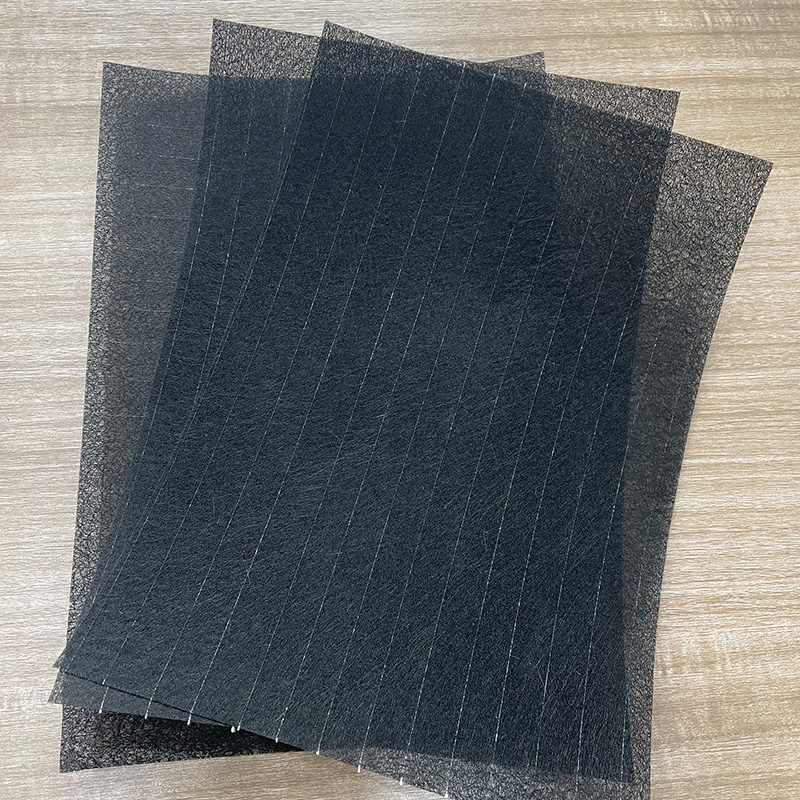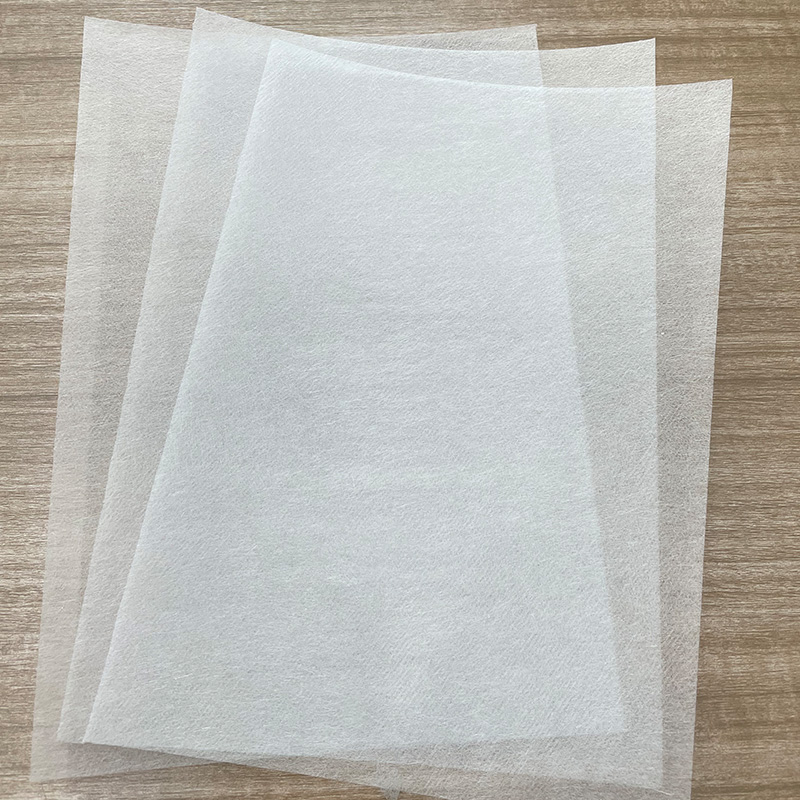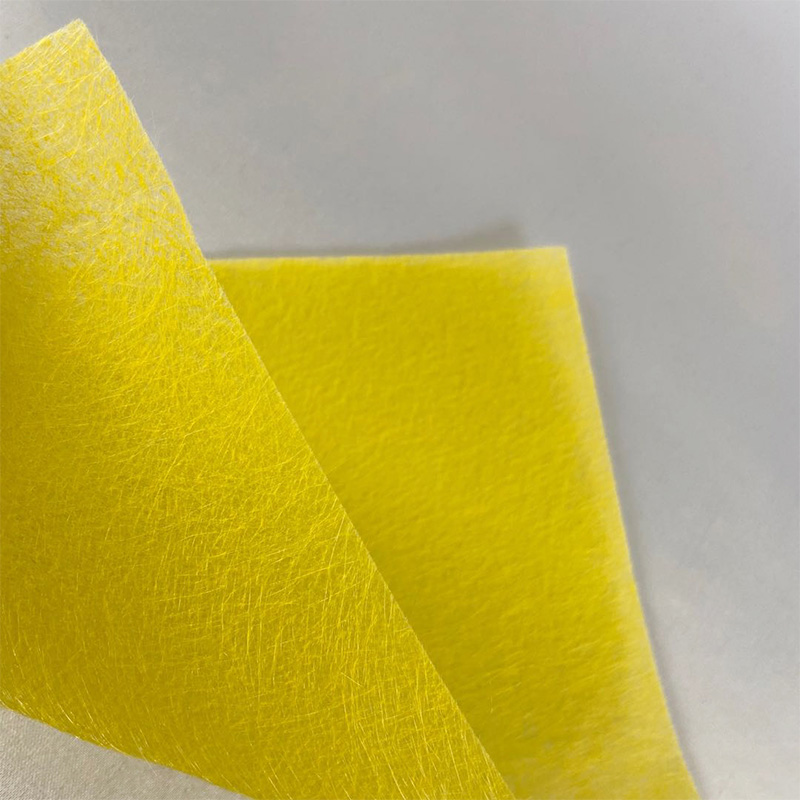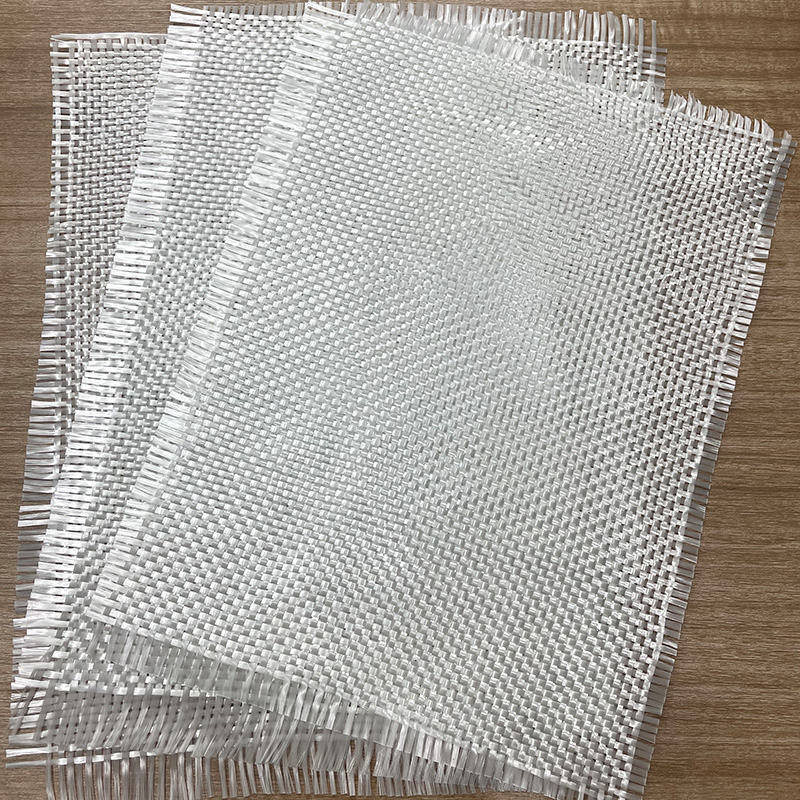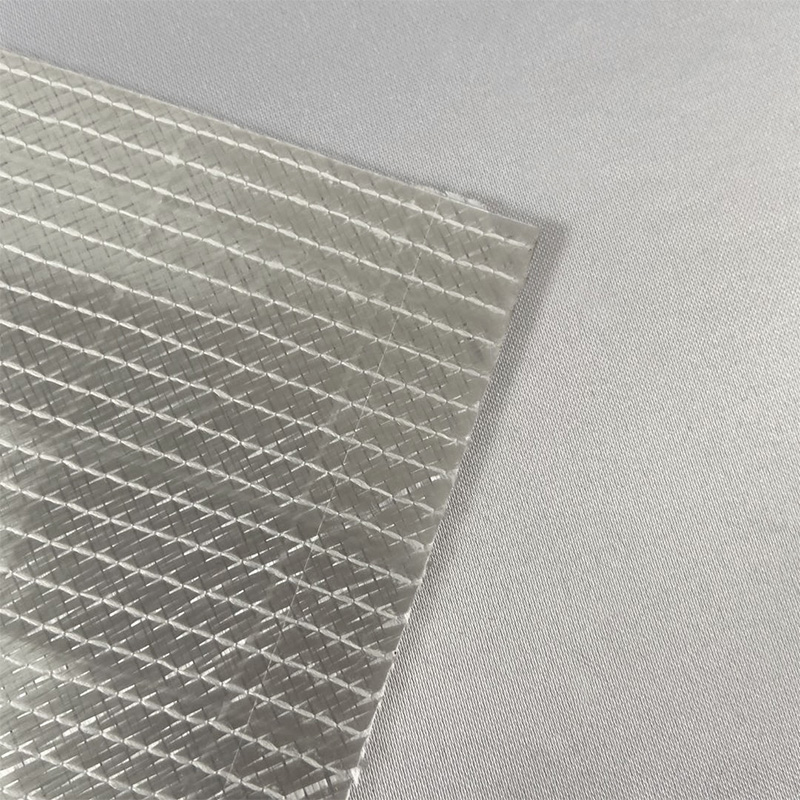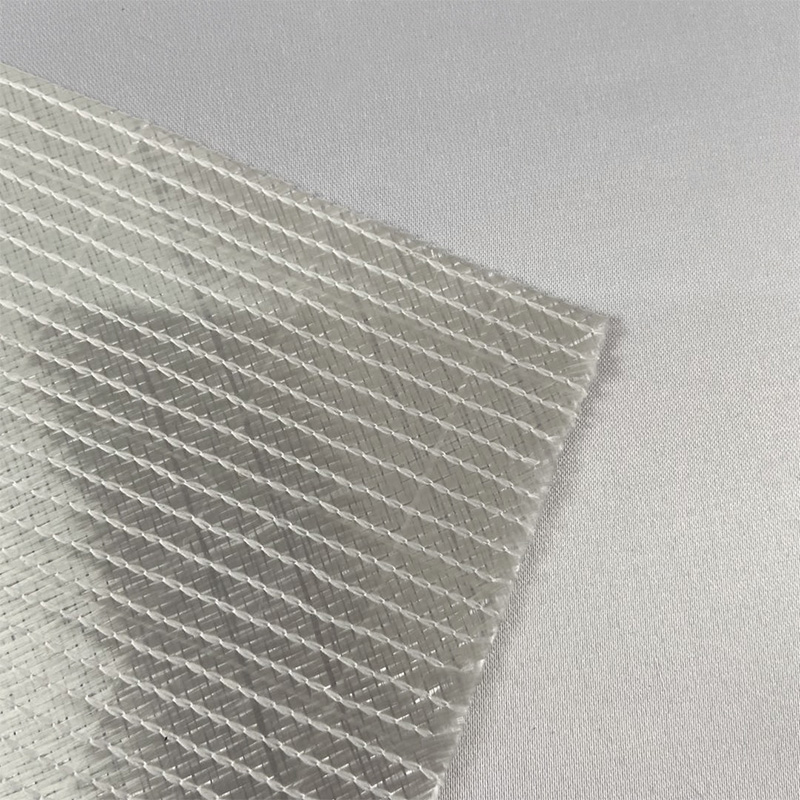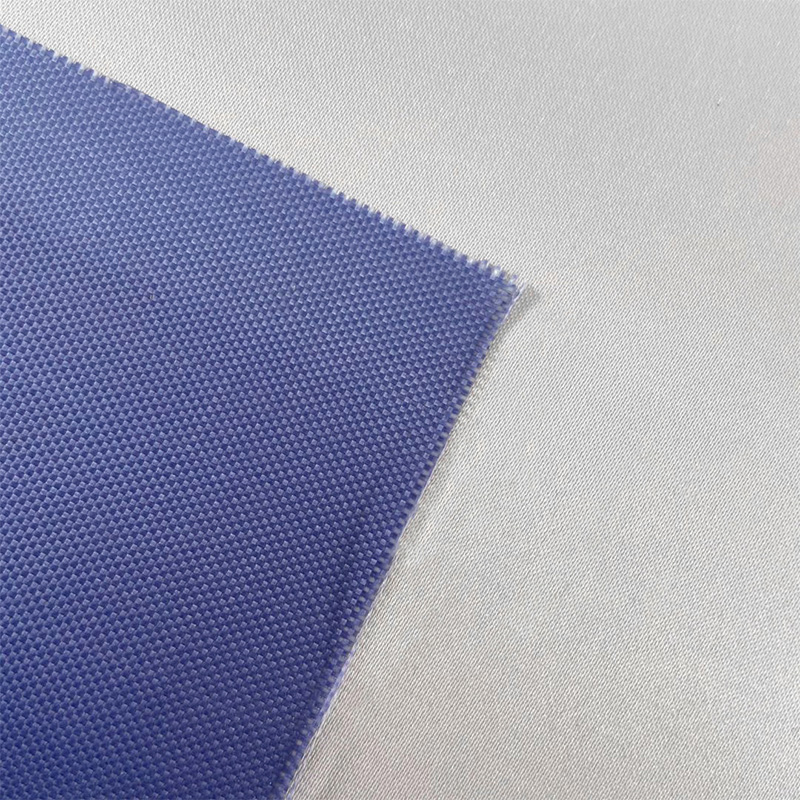In the field of modern materials science, carbon fiber cloth, as a key reinforcement material for composite materials, is reshaping the product design and manufacturing paradigm in multiple industries. This two-dimensional reinforcement material made of high-purity carbon fiber yarn through a precision weaving process provides unprecedented lightweight solutions for aerospace, automotive manufacturing, construction engineering and other fields with its excellent specific strength and rigidity. Unlike traditional metal materials, carbon fiber cloth enables engineers to precisely control the distribution of mechanical properties of composite materials and maximize structural efficiency through designable weaving structures and flexible layering methods.
The manufacturing process of carbon fiber cloth embodies precision control technology from micro to macro. The raw material is polyacrylonitrile-based carbon fiber, which is converted into high-performance inorganic fiber with a carbon content of more than 90% through strict pre-oxidation and high-temperature carbonization processes. In the yarn preparation stage, thousands of single filaments with a diameter of only 5-10 microns are polymerized into continuous yarn bundles of specifications such as 3K, 6K or 12K through a precisely controlled twisting process, which not only maintains the excellent performance of the single filament, but also provides process characteristics suitable for weaving. The weaving process uses high-precision rapier looms or air-jet looms to form a variety of fabric structures such as plain, twill or satin through different interweaving methods of warp and weft yarns. The special sizing agent applied in the surface treatment process effectively improves the interfacial bonding performance between the fiber and the matrix resin, laying a good foundation for the subsequent composite material molding.
From the performance parameters, carbon fiber cloth shows a full range of superior characteristics. In terms of mechanical properties, the tensile strength of typical products can reach 3000-7000MPa, and the elastic modulus reaches 200-600GPa, which is far higher than most metal materials, while the density is only 1.7-1.8g/cm³, achieving true lightness and high strength. In terms of physical properties, the surface density of standard products ranges from 100-600g/m², and the thickness is controlled in the range of 0.1-0.5mm, which can be precisely adjusted according to application requirements. In terms of process performance, the optimized carbon fiber cloth has excellent resin impregnation and draping properties, and can adapt to the molding requirements of complex curved surfaces. What is more noteworthy is that by changing the weaving parameters and the layer design, the anisotropy of the material can be customized for specific load conditions to achieve the optimal configuration of structural performance.
In the field of aerospace, the application of carbon fiber cloth has brought revolutionary performance improvement. After the wing and fuselage structure of modern passenger aircraft adopts composite materials reinforced with carbon fiber cloth, the weight reduction effect reaches 20%-30%, which significantly reduces fuel consumption. Satellite structural parts use specially woven carbon fiber cloth, which effectively suppresses the dimensional changes in the space environment while ensuring stiffness. In terms of manufacturing process, the application of carbon fiber cloth prepreg technology simplifies the molding process of large aviation parts and improves production efficiency and product consistency. The main load-bearing structure of some advanced models has been fully carbon fiber composite materials, which has brought aircraft performance to a new level.
The demand for carbon fiber cloth in the automotive industry is growing rapidly. After the monocoque structure of a high-performance sports car is stacked with multiple layers of carbon fiber cloth, the weight of the whole vehicle can be reduced by more than 40% under the premise of unchanged collision safety. After the battery box of new energy vehicles is reinforced with carbon fiber cloth, it not only meets the strict mechanical performance requirements, but also realizes the electromagnetic shielding function. Compared with traditional metal materials, carbon fiber cloth reinforced automotive parts also have better corrosion resistance and fatigue performance, significantly extending the service life of the product. With the advancement of mass production technology, carbon fiber cloth is gradually penetrating from luxury models to the mainstream automobile market.
The construction engineering field also benefits from the technical advantages of carbon fiber cloth. In the reinforcement of concrete structures, carbon fiber cloth replaces the traditional steel plate wrapping technology, and the construction efficiency is increased several times without increasing the deadweight of the structure. After the unidirectional carbon fiber cloth is used for the seismic reinforcement of bridges, the bending strength is significantly improved, while the thickness increase is almost negligible. In special buildings, carbon fiber cloth reinforced composite curtain wall panels achieve the design goals of large span and lightweight, while showing a unique modern aesthetic effect. Compared with traditional reinforcement methods, carbon fiber cloth construction has almost no impact on the normal use of the building, greatly reducing the comprehensive cost of the renovation project.
The sports equipment industry is another important field of carbon fiber cloth application. Competition-level bicycle frames are made of high modulus carbon fiber cloth, which achieves the ultimate lightweight goal while ensuring rigidity. Golf clubs and tennis rackets use carefully designed carbon fiber cloth layers to precisely control the mechanical response characteristics of the product and improve sports performance. Water sports equipment such as rowing boats and surfboards are reinforced with carbon fiber cloth, which not only reduces weight but also improves impact resistance. These applications give full play to the strong designability of carbon fiber cloth, bringing the performance of sports equipment to a new level.
Material innovation is driving carbon fiber cloth to a higher level. The application of nanotechnology has given rise to carbon nanotube-reinforced carbon fiber cloth, which has further improved mechanical properties and conductivity. Self-repairing carbon fiber cloth can automatically repair microcracks when damage occurs through built-in microcapsule technology, extending the service life of the structure. The introduction of intelligent manufacturing technology has enabled digital control of carbon fiber cloth production, and the real-time tension adjustment system of the loom ensures high consistency of fabric performance. In terms of sustainable development, the research and development of recycled carbon fiber reprocessing technology and bio-based sizing agents are making this high-performance material more environmentally friendly.
Correct selection and application are crucial to the performance of carbon fiber cloth. In the material selection stage, the weaving method needs to be determined according to the load characteristics. Unidirectional cloth is suitable for occasions with clear main load-bearing directions, while multi-directional woven cloth is suitable for complex stress states. The ply design needs to consider the directional distribution of each layer of fibers, and usually uses a combination of angles such as 0°, ±45°, and 90° to achieve optimal performance. The choice of molding process also directly affects the performance of the final product. The hand lay-up process is suitable for small batches of complex parts, while RTM (resin transfer molding) is more suitable for mass production. Environmental control and process parameter optimization during the construction process play a decisive role in ensuring the perfect combination of fiber and resin.
Looking to the future, carbon fiber cloth technology will continue to develop in the direction of multifunctionality and intelligence. The integration of sensor fibers will enable the structure to have health monitoring functions and realize true smart materials. New weaving technology may develop three-dimensional integral fabrics to further improve the interlayer performance of composite materials. Advances in green manufacturing technology will reduce production costs and expand the application of carbon fiber cloth in more fields. With the continuous improvement of design methods and manufacturing processes, carbon fiber cloth, as a key engineering material in the 21st century, will surely play a more important role in promoting industrial upgrading and technological progress.

 English
English 中文简体
中文简体 русский
русский Español
Español